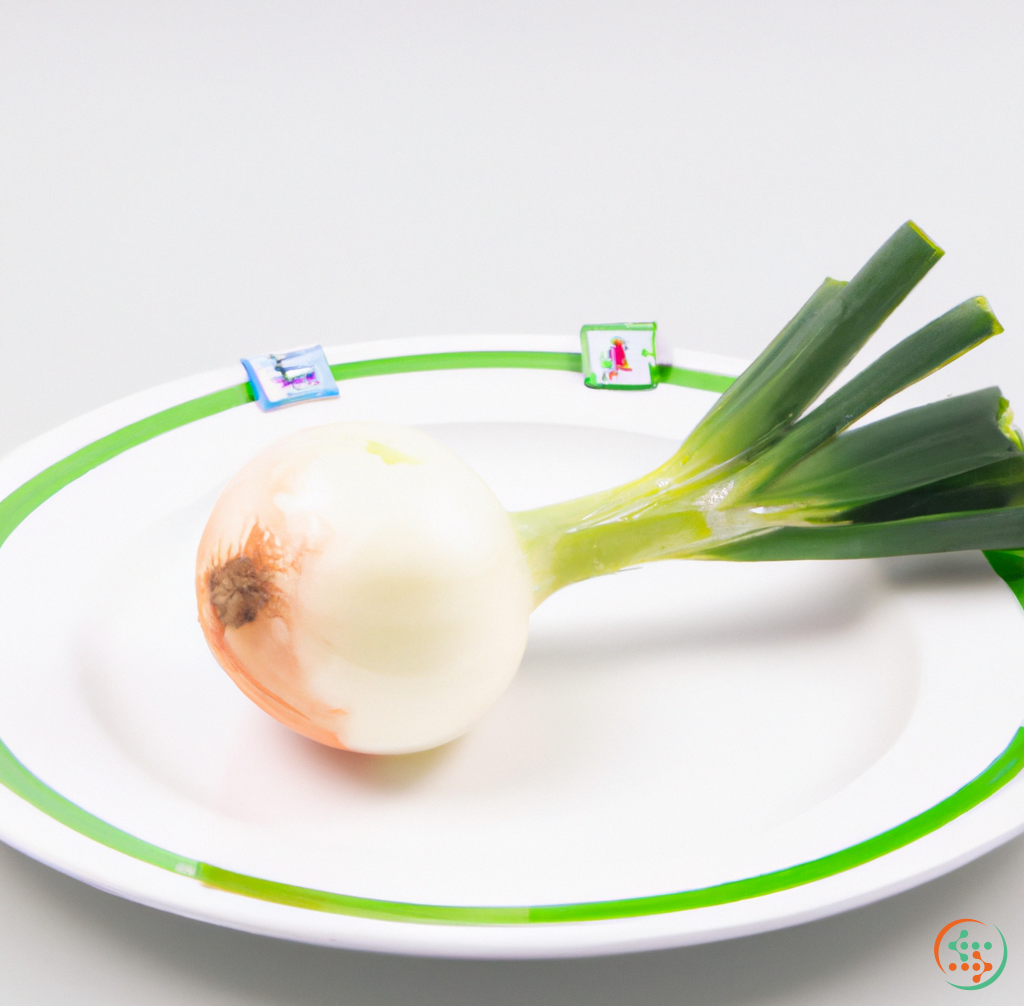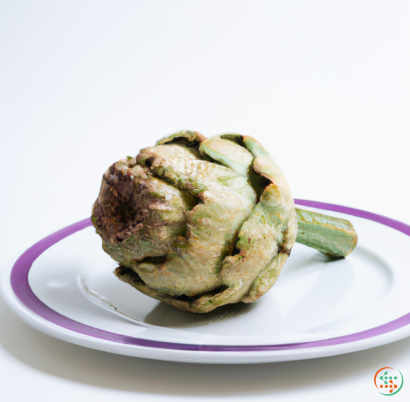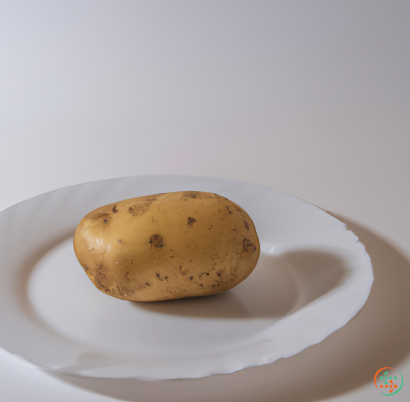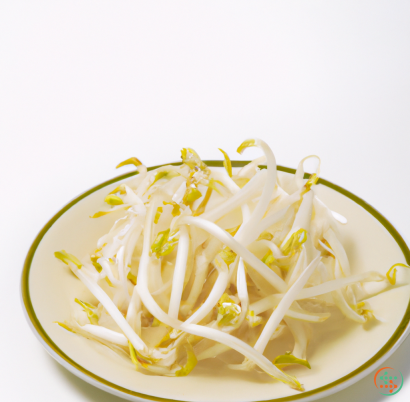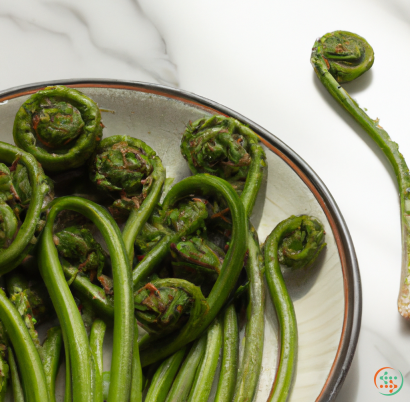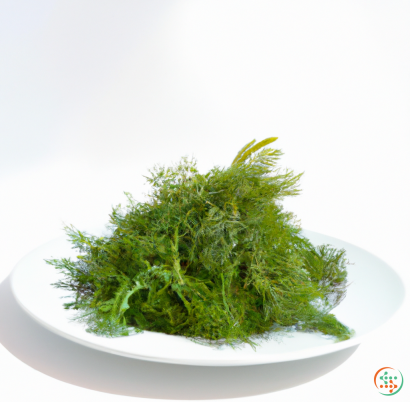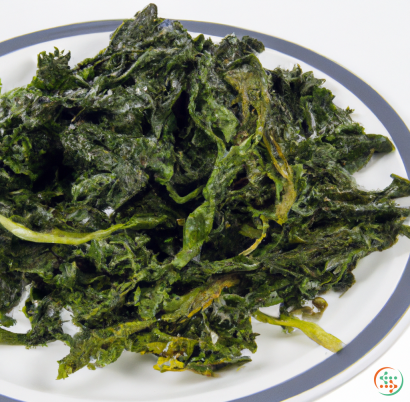Welsh Onion
Welsh onion (Allium fistulosum) is a perennial edible onion-like herb commonly used in cooking, especially in Asian cuisine. It is an old world relative of the bulb onion (Allium cepa), but it lacks the strong flavor of its larger relative. It is also called spring onion, bunching onion, and scallion, although it is not the same as the green onion or scallion (Allium fistulosum, Allium cepa var. proliferum, or Allium x proliferum).
Welsh onion is native to Europe and Asia, and was first described scientifically by Italian botanist Pietro Andrea Mattioli in the late 16th century. Its scientific name implies a hollow (“fistulosum”) stem which is quite characteristic of this species. It has adapted successfully to different environments throughout its long history of cultivation and is still seen growing wild in uncultivated places.
Welsh onion has a mild onion-like flavor, yet it is slightly sweet and nutty, and closest to the taste of chives. Botanists have classified it into two types: the regular Welsh onion, which grows round and straight; and the showy Welsh onion, which has a cluster of frilly leaves at its tip. This can help distinguish the two varieties, although both are edible and can be substituted for each other in recipes.
The most common way to prepare Welsh onion is by slicing it into thin rings, which can then be used to garnish soups, salads and sandwiches. It can also be sautéed in butter or oil, and added to a variety of dishes, such as fishcakes and meatballs. In Asia, Welsh onion is commonly used in stir-fries or as a base for dipping sauces. For a more intense flavor, the plant may be allowed to continue growing until it blooms and forms seedhead. The leaves can then be chopped and added to dishes for a strong onion flavor.
When picking Welsh onion, look for succulent, firm stems and leaves, which will be slightly paler than mature plants. Leaves should be bright and showing no signs of wilting. As with all onions, avoid any that show signs of rot or have overly large bulbs.
Apart from its culinary uses, Welsh onion has many medicinal benefits. It is high in vitamin A and C, and it also contains flavonoids, which play a role in defending cells against oxidative stress and thus help reduce the risk of cancer. It is also known to help reduce cold symptoms, improve digestion and circulation, and act as an antibacterial agent - all reasons why it has been used in traditional medicine for centuries.
In conclusion, Welsh onion is a unique and tasty ingredient with numerous health benefits. Its mild and nutty flavor makes it a versatile addition to salads, soups and stir-fries, and it is just as beneficial when sliced as when it is allowed to bloom and form seedheads. So why not try adding some Welsh onion to your next dish for a flavorful and nutritious twist? It just might become your go-to way to spice up dinners!
The Welsh onion: A Journey From Farm to Plate
The Welsh onion has been an important part of many cultures for centuries. Not only is it a tasty addition to any dish, but it's also rich in nutrition, containing several vitamins and minerals. For the vegetable-inclined cook, the Welsh onion’s journey from farm to plate is an interesting one, filled with twists and turns from seed to sprout to mature plant. It even has its own unique method of propagation. This article will take a look at the various steps of the Welsh onion’s trajectory from farm to plate, so that you can incorporate this tasty veggie into your diet with a better understanding of the journey it takes to get to you.
First Things First: What Is a Welsh Onion?
Also known as the long green onion, or scallion, the Welsh onion differs from a traditional onion due to its shape, size, and taste. While traditional onions are round and grow as large as six inches in diameter, Welsh onions are narrower and longer and usually only two to three inches in diameter. They have a mild onion flavor, but with a hint of garlic and a hint of licorice. These characteristics make them a popular choice for many dishes, such as soups, stews and stir-fries.
From the Ground Up: The Welsh Onion’s Breeding Process
For the longest time, the Welsh onion was propagated in the same way as other onions – it was grown from incrementally larger bulbs and these replanted over several years. However, in the early 1900s, a revolutionary method was developed for growing Welsh onions. This method, which involved the use of short-lived seedlings, is what ultimately allowed the Welsh onion to become widely available in supermarkets and grocery stores.
The growing process for the Welsh onion starts with the seed, which is generally sown indoors, and raised seedlings in flats or plug trays. Once the seedlings have their second set of true leaves, they are planted out into the soil, spaced about four to six inches apart.
At this stage, the Welsh onion is grown in much the same way as a traditional onion. The soil should be kept evenly moist and weed-free, and should receive a helping of fertilizer after two to three weeks. As the Welsh onions grow, they should be thinned to allow some air circulation and to receive more sun.
When the Welsh onion reaches maturity, it’s ready to harvest at the green onion stage, usually after two to three months, when the tops start to fall over. The green onion can then be pulled out of the ground by a single hand or by two hands if the base of the plant is larger. It should be stored in a cool and dry place, or in a refrigerator if it won’t be used immediately.
From Farm to Market: How Welsh Onions Are Transported
After the Welsh onion is harvested from the farm, it must be packed and transported to market. The onions should be placed in cartons with well-ventilated sides and handle small sizes with care. Usually, the cartons are lined with absorbent paper or foam to prevent the green onions from bruising during transportation. The cartons are then sealed before being loaded onto trucks and sent to market.
Once the Welsh onions arrive at the market, they can either be left whole or trimmed into sections. The sections can be used to make chopped onions, which are often sold in containers with a lid to keep them fresh. The onions should also be labeled with their country of origin and date of harvest.
Servingtime: Tips on Preparing and Serving Welsh Onions
The Welsh onion is most often enjoyed cooked. It can be added to soups, stews, salads and stir-fries. It’s important to note that the Welsh onion is quite delicate and will soften quickly once cooked, so you shouldn’t overcook it.
For a simple side dish, slice the Welsh onion into thin rings, dip it in batter and fry in a hot pan. Serve it with ketchup, aioli, or mayonnaise for a tasty snack. You can also roast or grill the Welsh onion for a delicious, smoky flavor. Simply slice the onion in half, drizzle it with olive oil, salt, and pepper, and cook it on a preheated griddle or in the oven at 375°F.
The Welsh onion is also great when added raw to salads, sandwiches, and wraps. Slice it into thin discs and add it to your favorite dishes. It adds a nice crunch, as well as an amazing oniony flavor.
A Final Thought
Whether you’re a fan of the traditional onion or a lover of the mild-tasting Welsh onion, it’s clear that this veggie makes an excellent addition to just about any meal. And now, with an understanding of its journey from farm to plate, you’ll be able to enjoy the scrumptious Welsh onion every time you make an onion dish. So why not give it a try and see for yourself?
| Vitamin E | 0.51 mg | |
| Vitamin K | 0.1934 mg | |
| Vitamin C | 0.027 grams | |
| Vitamin B1 | 0.05 mg | |
| Vitamin B2 | 0.09 mg | |
| Vitamin B3 | 0.4 mg | |
| Vitamin B4 | 0.0053 grams | |
| Vitamin B5 | 0.17 mg | |
| Vitamin B6 | 0.07 mg | |
| Vitamin B9 | 0.016 mg |
| Calcium | 0.018 grams |
Daily Value 1.3 g
|
| Iron | 0.00122 grams |
Daily Value 0.018 g
|
| Magnesium | 0.023 grams |
Daily Value 0.4 g
|
| Phosphorus | 0.049 grams |
Daily Value 1.25 g
|
| Potassium | 0.212 grams |
Daily Value 4.7 g
|
| Sodium | 0.017 grams |
Daily Value 2.3 g
|
| Zinc | 0.52 mg |
Daily Value 0.011 g
|
| Copper | 0.07 mg |
Daily Value 0.9 mg
|
| Manganese | 0.14 mg |
Daily Value 0.0023 g
|
| Selenium | 0.6 ug |
Daily Value 0.055 mg
|
| Tryptophan | 0.021 grams | |
| Threonine | 0.074 grams | |
| Isoleucine | 0.081 grams | |
| Leucine | 0.113 grams | |
| Lysine | 0.095 grams | |
| Methionine | 0.021 grams | |
| Phenylalanine | 0.061 grams | |
| Tyrosine | 0.055 grams | |
| Valine | 0.084 grams | |
| Arginine | 0.137 grams | |
| Histidine | 0.033 grams | |
| Alanine | 0.086 grams | |
| Aspartic Acid | 0.176 grams | |
| Glutamic Acid | 0.393 grams | |
| Glycine | 0.094 grams | |
| Proline | 0.126 grams | |
| Serine | 0.086 grams |
| Total Sugars | 2.2 grams |
per 100g
|
| Palmitic acid (16:0) | 0.06 grams |
|
| Stearic acid (18:0) | 0.01 grams |
|
| Total Saturated fatty acids: | 0.07 g | |
| Oleic acid (18:1) | 0.06 grams |
|
| Total Monounsaturated fatty acids: | 0.06 g | |
| Linolenic acid (18:3) | 0.01 grams |
|
| Linoleic acid (18:2) | 0.15 grams |
|
| Total Polyunsaturated fatty acids: | 0.16 g | |
